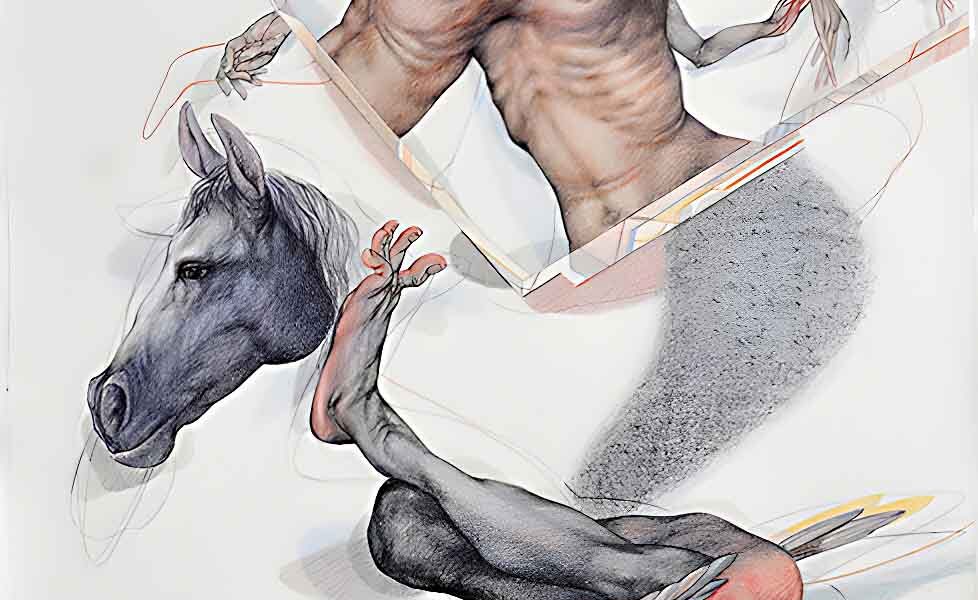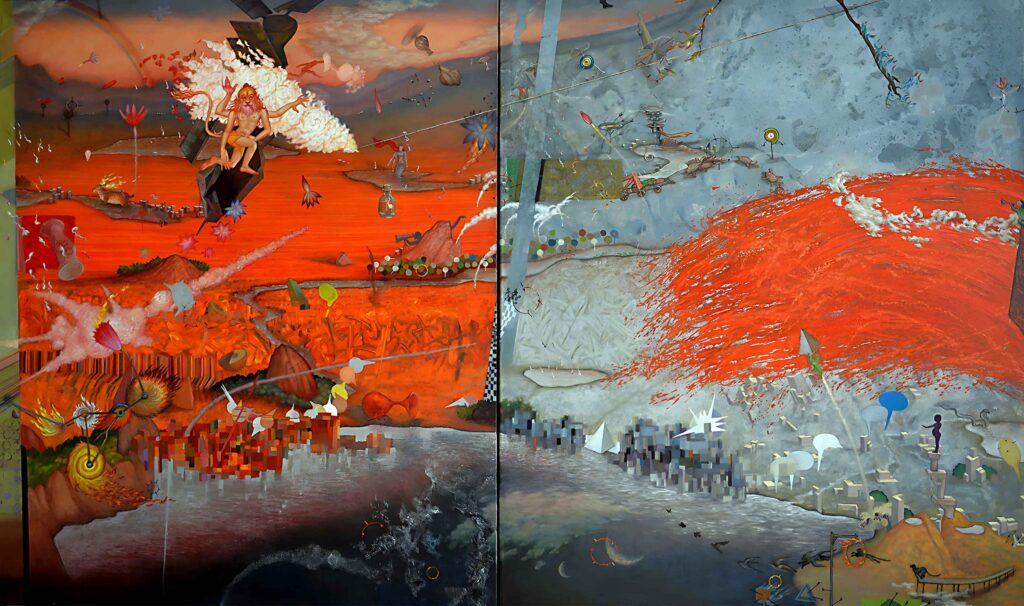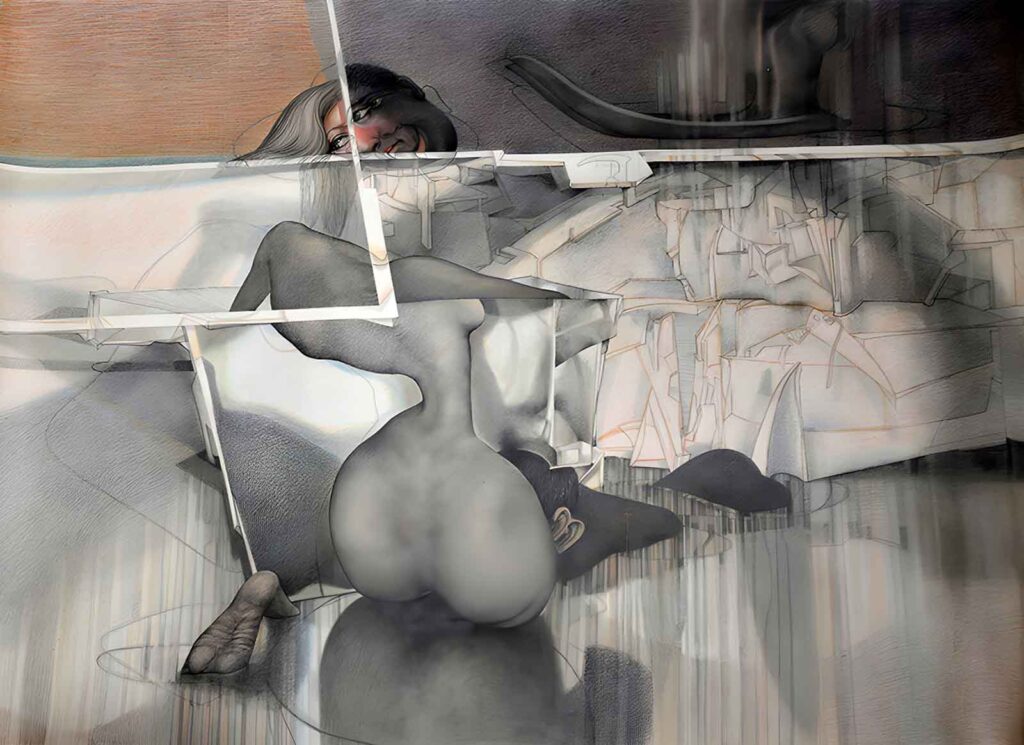Collecting and buying art out of passion or merely for investment is a centuries-old practice. Collecting art can be a risky process, whether it’s Masters, well-established contemporaries, or emerging ones. Starting out on the journey of collecting and investing in art on a budget for emerging collectors could be a risky task, which might give rise to this question: How to make sure the money you invest into your art collection, even if it is on a small-budget basis, is well spent? Recent trends showcase, heightened demand for art as an investment, making more buyers and collectors look at the art market as an alternative to traditional investment assets. Unlike other assets such as shares or real estate, art is traded differently. Each work of art is unique, and irreplaceable and cannot be compared to another artwork regardless of its value. As intimidating as the art market may seem – a daunting world reserved for those with millions to spend on artworks by the biggest names in the business. Irrespective of popular opinions, everyone can enjoy buying and owning art in an affordable way. The article intends to share some tips to navigate young collectors in their quest to build a legacy.
- Understand thyselves taste
The most important aspect of art collecting is to invest in understanding your taste. Collecting art might seem to be risky, however, one should first and foremost really love the art they buy and start collecting out of passion. Investing in the art of your choice is the least risky form of starting your art collection. Whether it’s a tangible or intangible art, the key is to choose something you love and buy with confidence.
“A recent survey carried out by University College London concluded that looking at beautiful works of art has the same impact on the brain as falling in love with a person (or dog). The brain of each participant in the survey was scanned as they looked at paintings by Botticelli and Monet, and the blood flow to the part of the brain associated with pleasure and desire increased by as much as 10 percent.” – by Rebecca Wilson, Chief Curator and VP, Art Advisory Saatchi Art.
To begin with this practice, see as much art as possible! Visiting galleries, exhibitions, and art fairs to get familiarized with the emerging art world, allows the young collector to develop an instinctual habit. Reading art magazines and the visual arts sections of newspapers is a good way to acknowledge what is going on in the art world, even if the way some critics write about art is incomprehensible and unnecessarily convoluted.
Researching can help in making sound decisions about your purchase and provides confidence when trying to understand what it is about a work that you like. Awareness of subjects, mediums, styles and different modes of art, would probably guide what you really like or dislike. Even if you don’t read up on every work you see, these experiences will stay with you and help to inform what you buy yourself. An art collector’s palate changes and evolves over time, but the core beliefs are unlikely to shift.
- Invest on emerging contemporary artists
Emerging art is created in a contemporary spectrum and produced by young artists or relatively under-recognized artists who are in the beginning stages of their career as artists who may have recently graduated from an art school, not have gallery representation yet, or be represented by smaller regional galleries. These artists do not have less aesthetical or conceptual value than acclaimed artists but rather are still waiting for their works to become more well-known or have greater representation in galleries and museums.
It takes a valorous collector to acquire artwork by an emerging artist. You either need to have nurtured a good eye for recognizing talent or be willingly imperil on something new. Whilst looking for artwork in a particular style, it’s better to settle on an exciting emerging artist than to scrimp and save to buy something second-rate from someone better known.
It is important to divert the resources to invest in work that is known and widely accepted, one must also check on the art pieces by emerging artists. There is great satisfaction in supporting the next generation of artists. The process of discovery is a constant one, where good things can be found if one knows where to look—even during a pandemic, which may have weakened the economy but not our impulses. Promising emerging artists can be found via art residencies, social media, art reviews, art grants & awards and online/offline galleries.
To be Continued in the next article……
References
A Beginner’s Guide to Buying Emerging Art | The Artling
How To Collect Art 101: The Art of Collecting Art — CAI (contemporaryartissue.com)
https://www.jessicazoob.com/wp-content/uploads/Saatchi_Art-7-essential-steps.pdf
Investing in the Art Market: A $1.7 Trillion Asset Class | Portfolio for the Future | CAIA
Read More>> Please Subscribe our Physical Magazine



